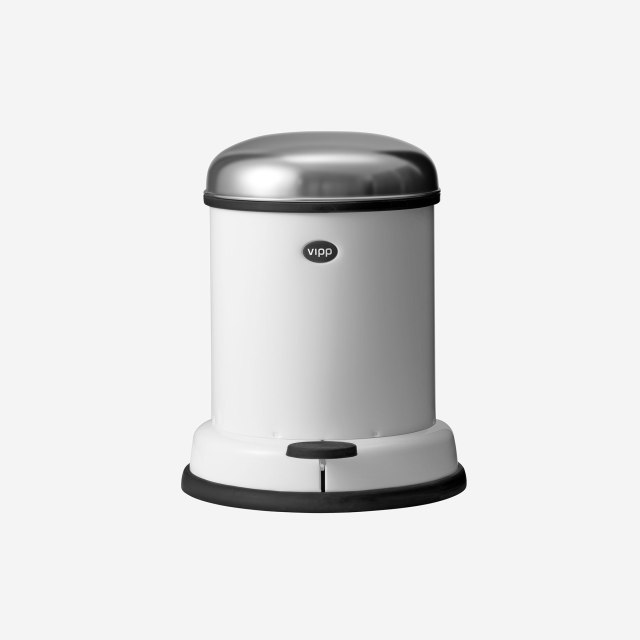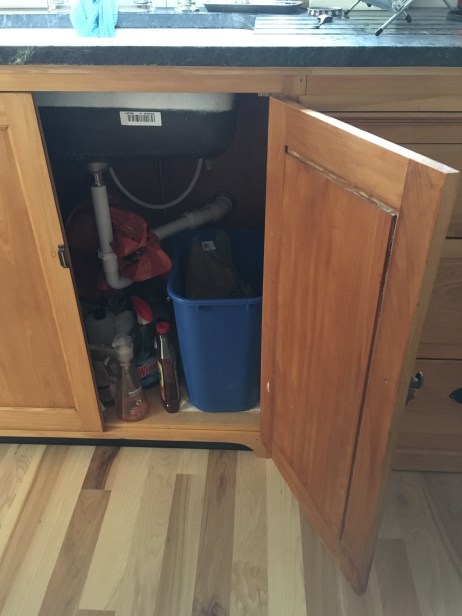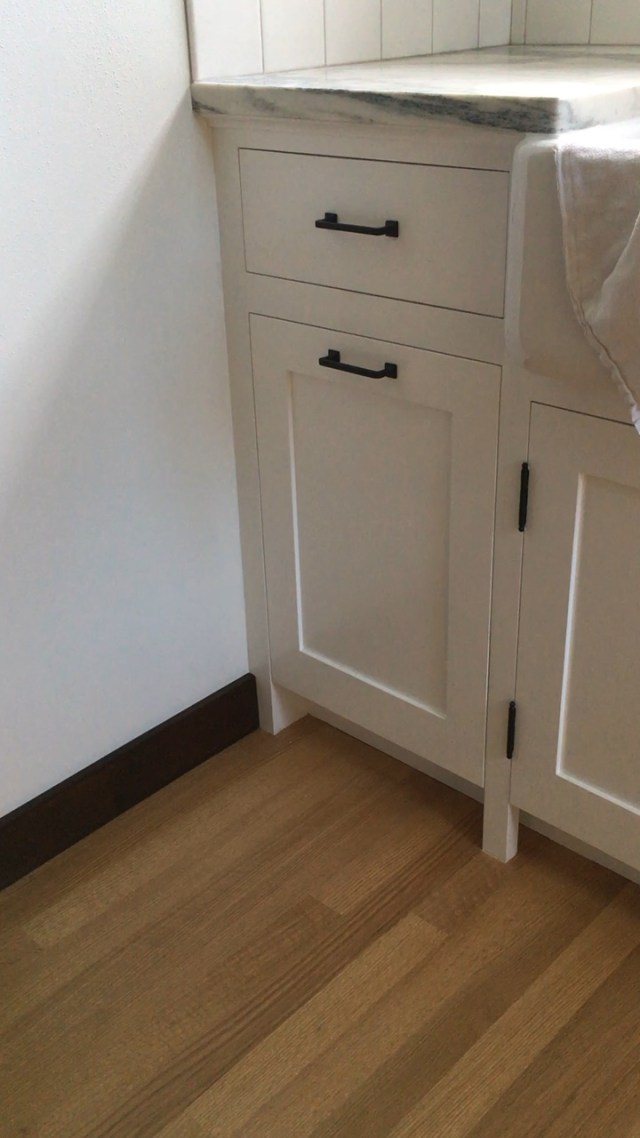kitchen trash –

No matter how many years of experience you have at your craft, you can’t afford to stop learning.
Kitchen cabinet making is viewed as an inferior form of woodworking by many of those who reproduce 18th-century Philadelphia highboys. Well, let them feel superior. The fact is, building kitchen cabinets requires endless learning–not least because hardware manufacturers are constantly inventing new products to make life “better.”
Sometimes I feel like cabinetmakers have become the doctors of the cutting-edge hardware world. We’re visited by hardware company salespersons and bombarded with literature about new products that will open doors, close drawers, lift lids, hide appliances, and make exhaust vents invisible. Our clients see these wonders in their neighbors’ kitchens or advertised in magazines and want them (just as yours truly asked her doctor about Cologuard as an alternative to colonoscopy, thanks to the manufacturer’s underwriting announcements on NPR).*
My basic attitude toward such gizmos is the equivalent of the sign on my doctor’s office door: Pharmaceutical Representatives Not Welcome. In my kitchen, the cabinet doors hang on surface-mounted butterfly hinges and we toss our trash into a freestanding can beneath the sink. I like simple.
Things are different when I’m discussing hardware with clients. It is, after all, their kitchen. Consider trash. There’s a spectrum of ways to store it until you’re ready to take it outside. As with most cabinet detail decisions, I go through all the relevant options. We start with a fork in the road: Would you like a freestanding trash can (or unassuming bin beneath the sink), or would you prefer a dedicated trash cabinet?


(This one’s ours.)
If the former, congratulations! You’re done. Just put the thing in your kitchen and get cooking. Choose the latter and you’ve launched the cabinetmaker’s equivalent of an automated answering system—Enter your account number followed by the pound sign. Press 1 for customer service. Now press 2 for residential or 3 for commercial. Etc.
- How will the cabinet open? Will it have a door on hinges or be made like a drawer? Will tossing that tea bag wrapper mean reaching into the cabinet, or will the trash receptacle slide out to meet you?
Made that decision? Good. However, you’re still not done.
- You can either buy a pull-out unit or make one. If you’re going to make it, will the design allow for bottom-mounted runners (such as Blum Tandem slides) or will it need to be side-mounted higher up to counteract the stress on the door if the pull is at the top?
- Are you willing to use a knob or drawer pull, or do you want the unit to open hands-free? If the former, great; just install it. If the latter, there are several further options, from a foot-operated pedal that pushes the unit open to an electric servo drive.
(Servo drives? Are we still talking about trash?)
***
My most recent kitchen job called for a cabinet dedicated to trash and recyclables that would open hands-free. At first I planned to fabricate a pedal—not just any pedal, but one with sufficient oomph to break the grip of the little man who hides at the back of every Blum Tandem with Blumotion drawer slide (or the Blum Movento slides that came with the Rev-A-Shelf waste and recyclables unit I had purchased). I wasn’t thrilled about installing a pedal, because the sink area is the first thing you see on entering the dining room; a pedal dangling beneath such an exposed cabinet just seemed too reminiscent of a tampon string. The kinds of objects that might logically be hanging down from a trash cabinet (a nicely printed sardine or spice can could be epoxied to the bare metal bar I imagined using in place of a pedal; my second suggestion was to carve a cute wooden mouse and stick it to the metal bar) are not likely to appeal to most people commissioning cabinetry. Trash falling out of the waste receptacle? A mouse trying to climb in? These were bound to reflect badly on the cabinetmaker or the clients, respectively.

I called my hardware company and asked about the trash container equivalent of a touch latch. Of course such hardware exists; in my supplier’s case, it’s the Blum Tip-On with Blumotion unit, a nice middle ground between the pedal and the servo drive. With a bit of help from Sarah Gates of Blum’s customer service team, I got the thing installed. It works like a charm.
*Note: The clients in this example did not suggest the hardware I used for their trash pullout. I did.

–Nancy Hiller, author of Making Things Work


